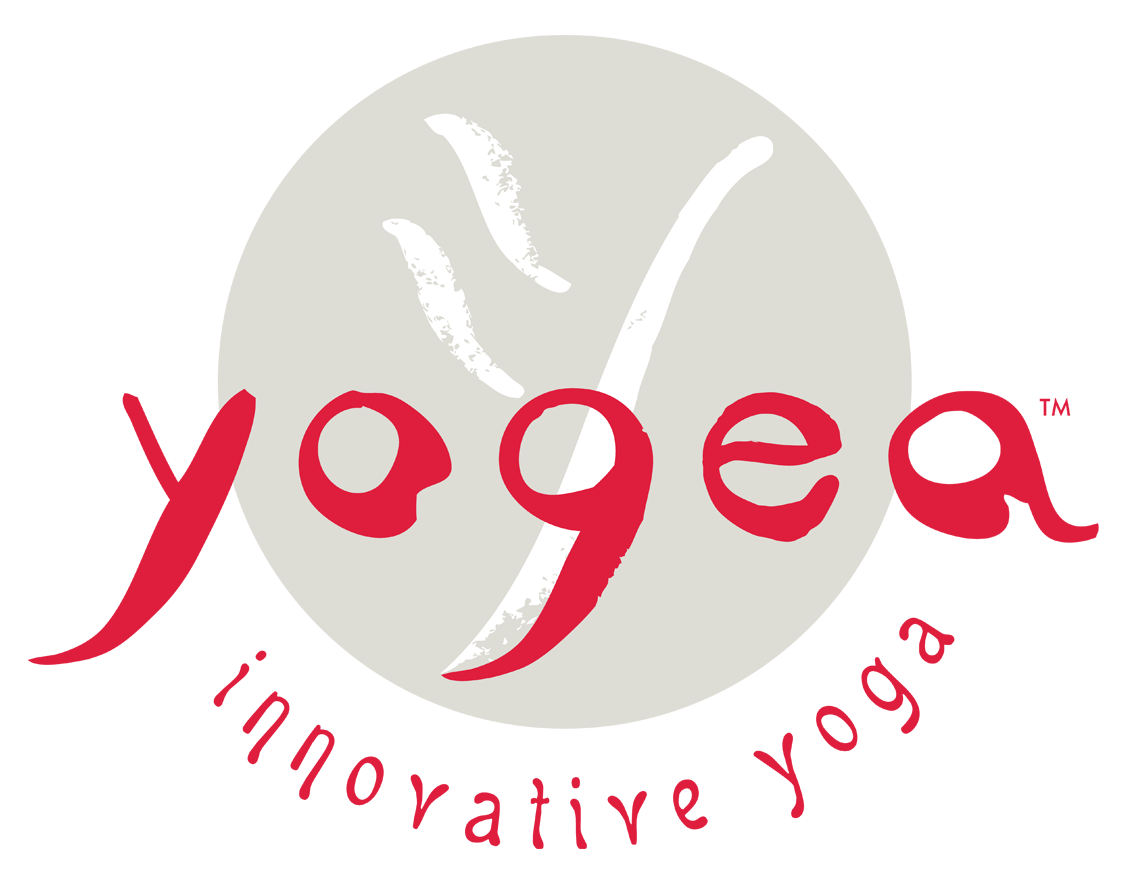Spinal Balm
Do you find your hand reaching up and out for your upper back? Unconsciously wanting to soothe it and ease a pulsating pain? You could be in the middle of a kitchen chore or bending over a colleague’s desk at work and are suddenly aware of a slight ache spreading over your lower back?
If you don’t suffer from chronic backache, this might be a signal that you need to strengthen your core and back muscles. All you have to do is find ten minutes a day to sit up straight, and juggle a couple of back soothing and strengthening poses. It’s the best investment you can do for yourself. An achy inflamed back puts you off balance for weeks, even months.
As a person who used to suffer from excruciating lumber spine pain for years, I have devoted a part of my sequencing art to designing the most comforting, soothing and innovative lower back routines. They work through the three ranges of movement that the spine does – stretching upwards, twisting and moving forward. And I make sure to include not only spinal soothers, but also effective poses that strengthen the back and core muscles, and lengthen the sides of the waist.
Strengthening while stretching is the key to optimal spinal health. But before committing to the yoga practice it is important to determine the cause of your back-pain. In most cases it is emotional residue that lingered in your back, and never got resolved. Other times, it simply signals the need to take the load off your back and to simplify your life so it serves your current needs. It could also mean that you need to change your attitude to life or shift your reaction to things in general.
A weak back is usually the result of weak abdominal muscles and lack of core. The lack of core could denote a lack of direction, or core purpose in life and the need to shake things up. Take the time to assess your life-style and mindset and to make the necessary adjustments toward becoming whole again.
Once you have identified the culprit for your pain you are ready to jump on the mat. First and foremost, sit up straight and tall throughout the whole practice. Proper posture accounts for 50% of the cure. Then tone the core. Always think that your six packs consist of upper, lower, middle and side abdominals. Always make sure to involve all the muscle groups, including the hips, psoas and gluteus. Most often, lower back pain is caused by tight hips, neck and shoulders. It’s good to trace where the pain is coming from and to address that particular area first. Then it’s vital to remember that the lower back is connected to the sides of the waist, and elongating through the intercostal muscle area is a delicate part of soothing the lumbar spine.
And if your pain is in the cervical spine, then you have to address the trapezius, the shoulder blades and the rhomboids. Please, remember that the body is a complex integral unit and that compound stretching works best to keep your spine supple and strong.
And here is the mind-boggling confession. The best spinal alleviating routines are those who focus on the transitions more that the positions. If you push to get into certain poses and hold them for 5 breaths you compromise your alignment, and you are not really targeting the spine per se, but you are just doing poses that involve spinal rotation, extension or flexion. But if you couple strengthening poses with gentle twists, contractions and lifts you are working though the entire range of your spine.
I call this concept the “Micromovement extension”. It simply means that when you get into a pose that stretches the back, you don’t want to go full range, but want to try undulating, contracting and releasing, twisting and bending. This compound stretching approach facilitates immediate myofascial release, and heals that back through little micro-movements across all possible directions and planes. So when you are doing a semi-reclining spinal twist, for example, you can experiment looping your hand in the opposite direction, and getting the muscle that connects the torso and legs stretched out and toned and at the same time. This way you are both strengthening and stretching the spine and integrating all body parts, instead of isolating them through static retention.
It’s a more holistic approach, and not separatist. And that is what the spine needs. And that is what the world needs – more integrity, more unity, more cooperation, less separation and isolation. As you get your spinal balm, you can also offer it as soothing ointment for the mind and heart. The world needs it, and so do you.
Yogea lower-back pain relief routine: Spinal Balm (open level)
This back pain relieving yoga routine introduces a new “Micro-movements approach” to soothing backache. The soothing and strengthening poses are especially selected to work through the three ranges of movement that the spine does – stretching upwards, twisting and moving forward. The focus is on transitional micro-poses that twist, bend, curve, rotate and extend the back. The sequence abounds with spinal undulations, side bends, hip openers, strengthening back-bends and soothing forward bends and twist to decompress the spine while elongating through the sides of the waist. Special emphasis goes to strengthening the abdominal and rear muscles, as well as soothing the upper back, neck and shoulders. The poses intuitively take you on a journey across all the nooks, angles, crannies and edges that need to be polished for your spine to feel supple and radiant. A soothing relaxation reminds you to eliminate excess in your life and act from the backbone of your being.

Leave a Reply